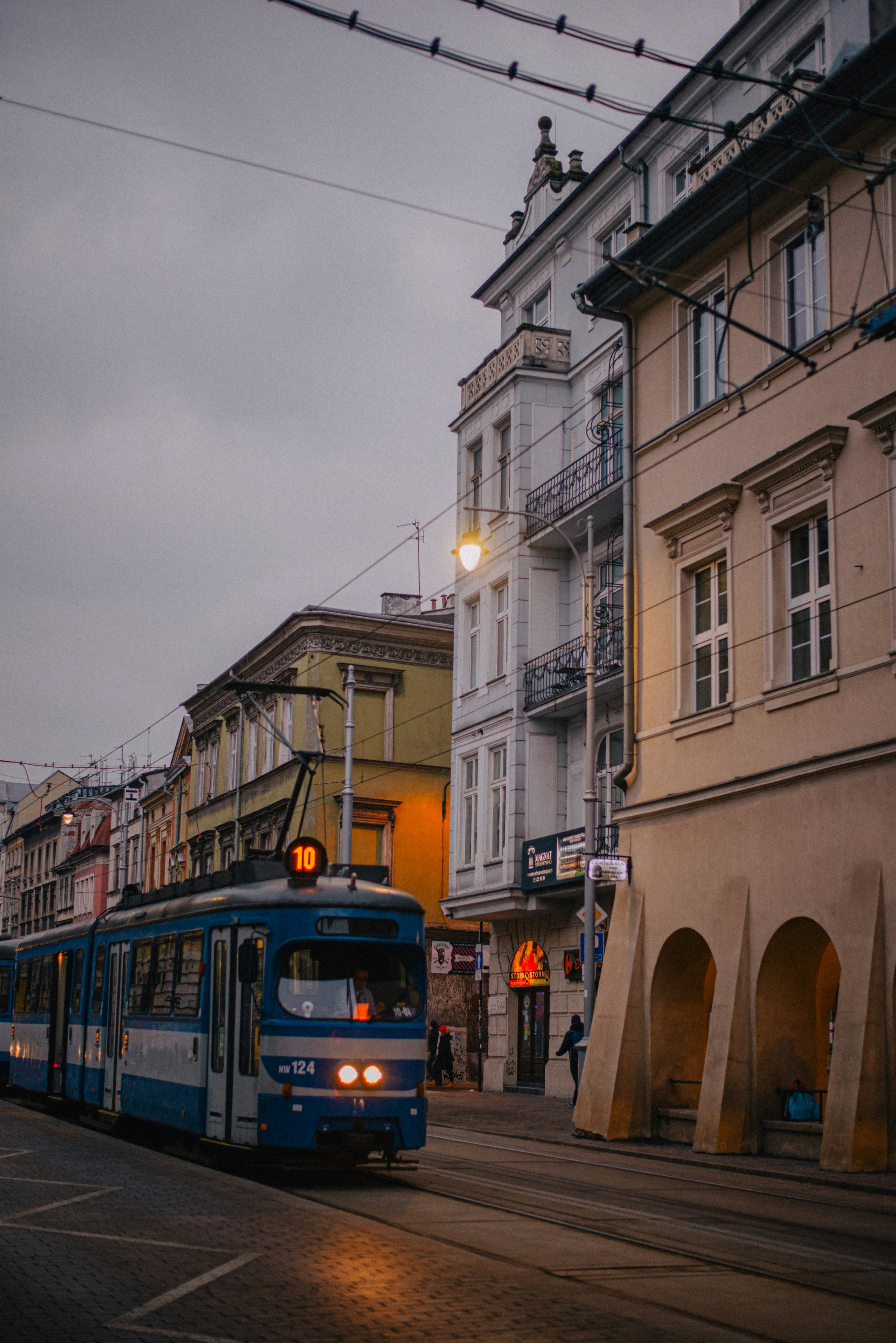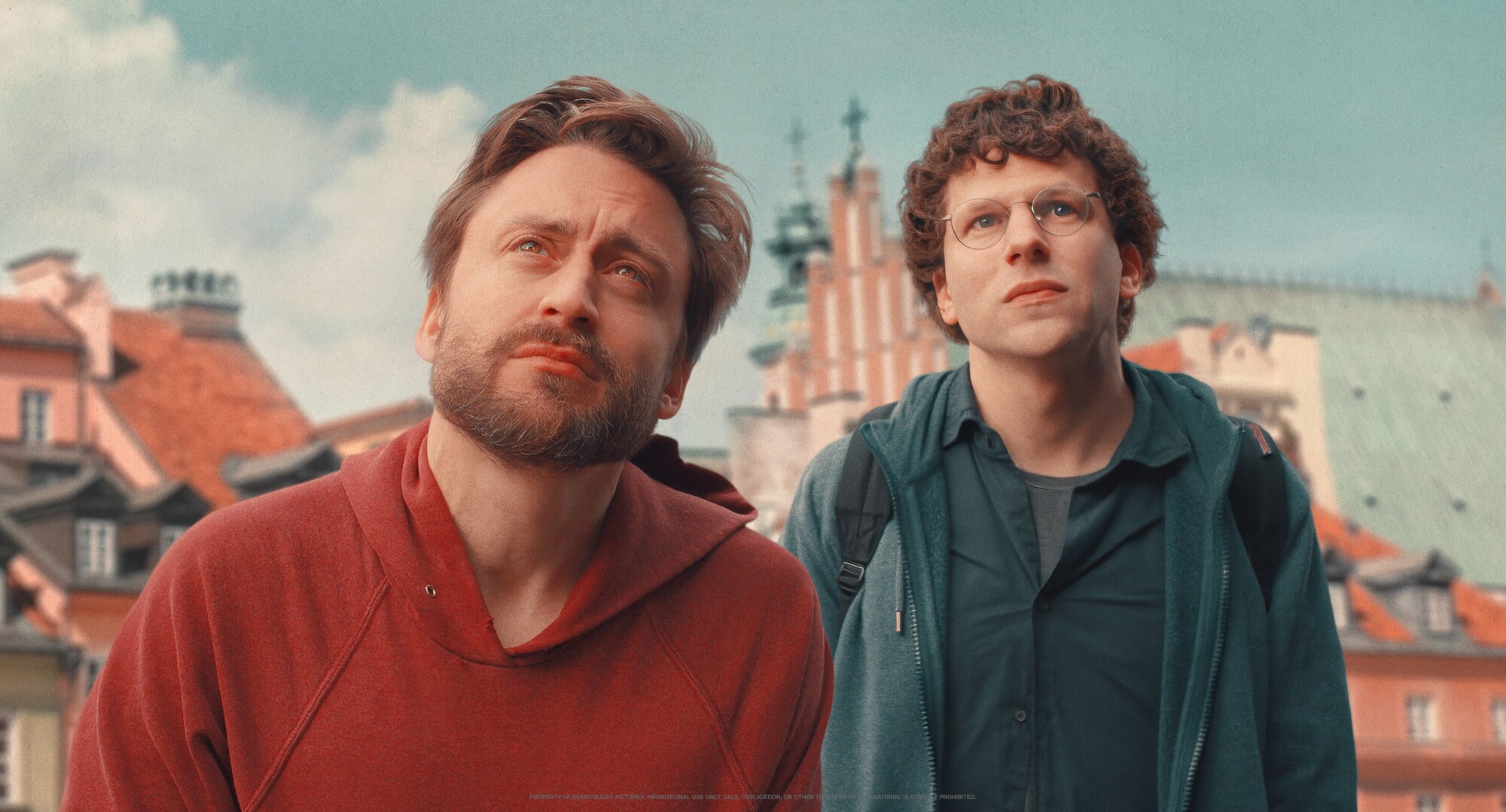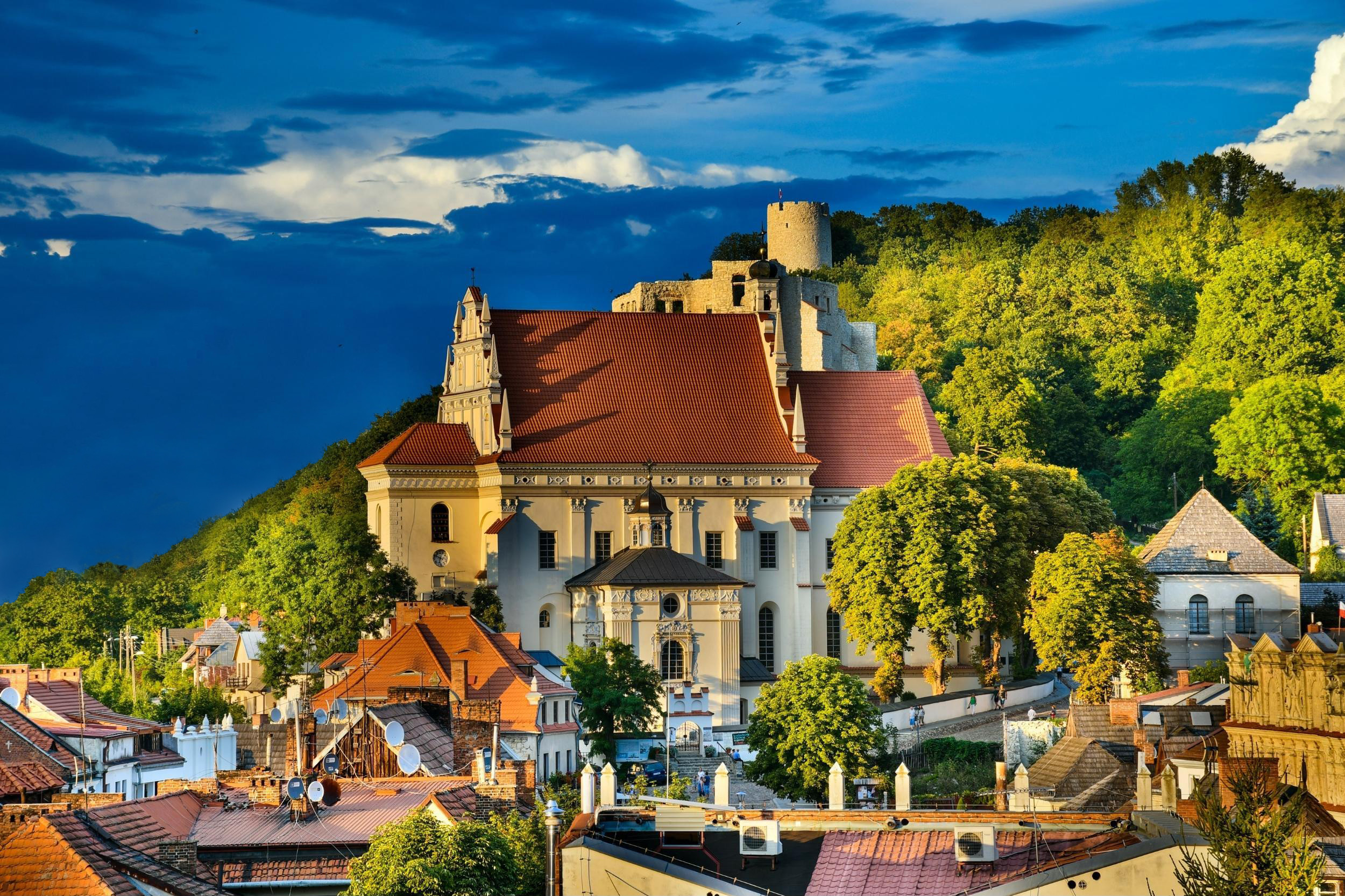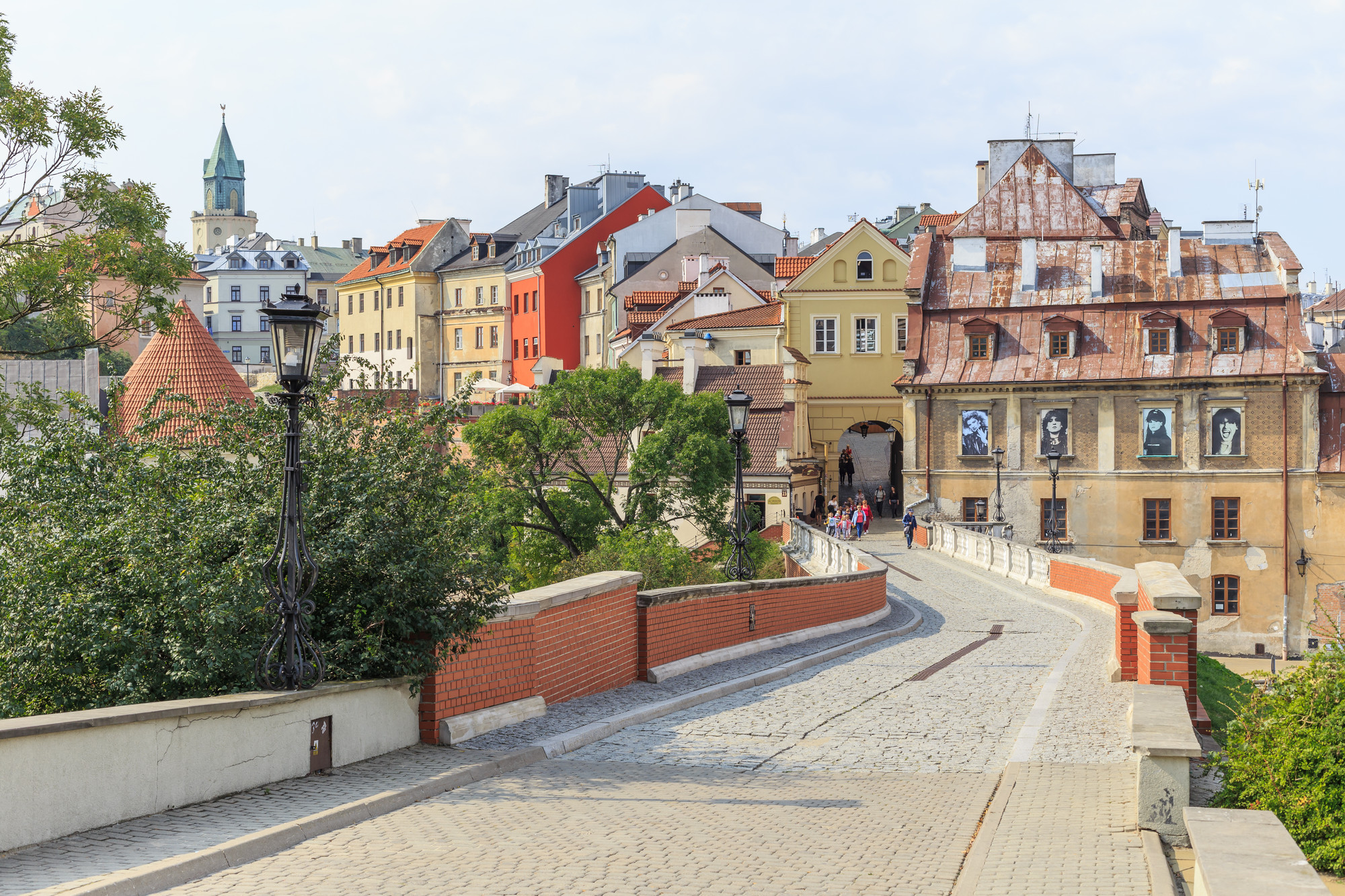
Lublin's unique heritage has resulted in different superstitions being associated with different landmarks, for which reason the Lubelskie region is often referred to as the ‘ land of legends ’. If you're travelling with children and they're not at the same level of appreciation as their elders, pay attention to the 🐐 that appear below ! They offer a colourful tale behind some of Lublin's key sites!
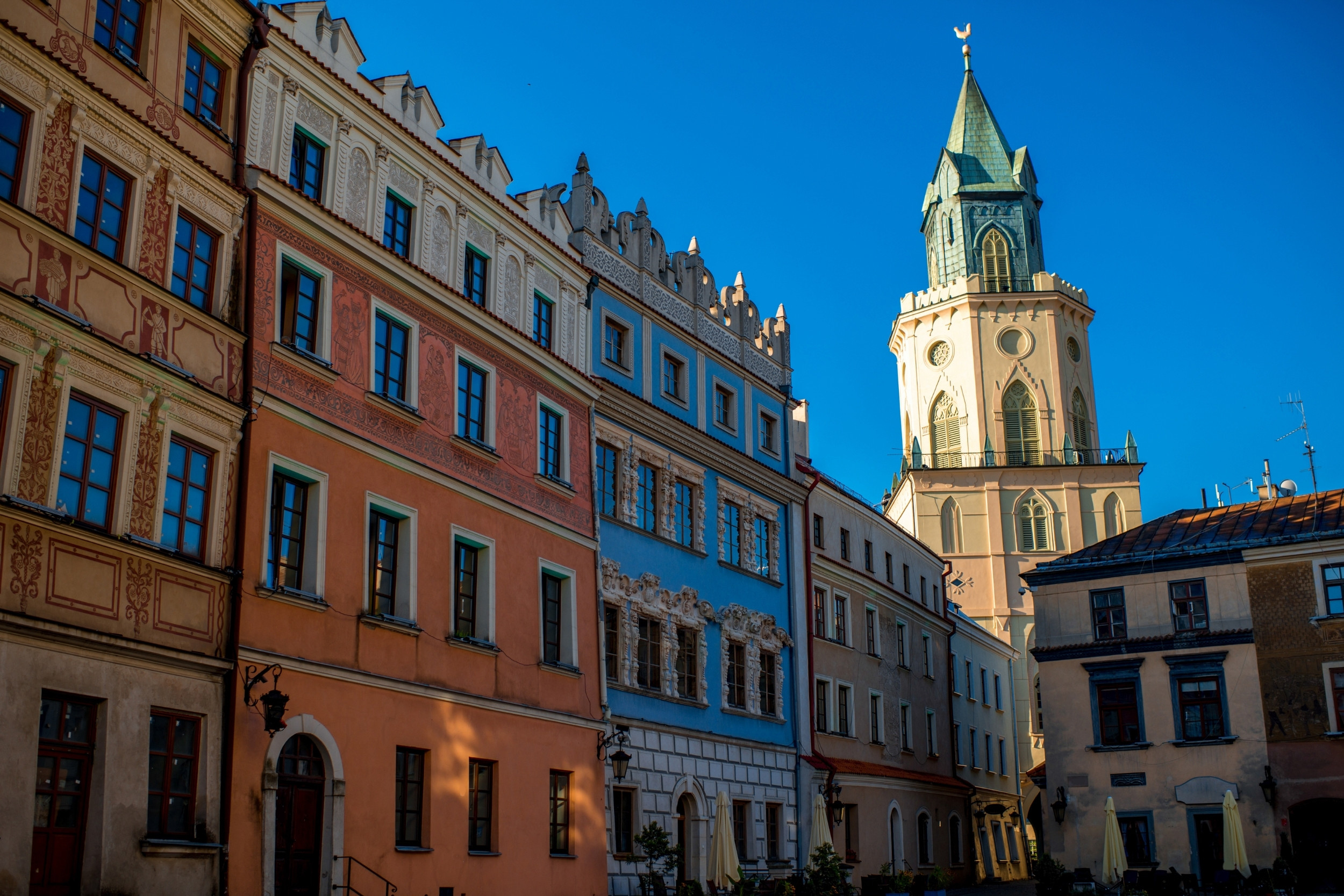
Lublin Old Town
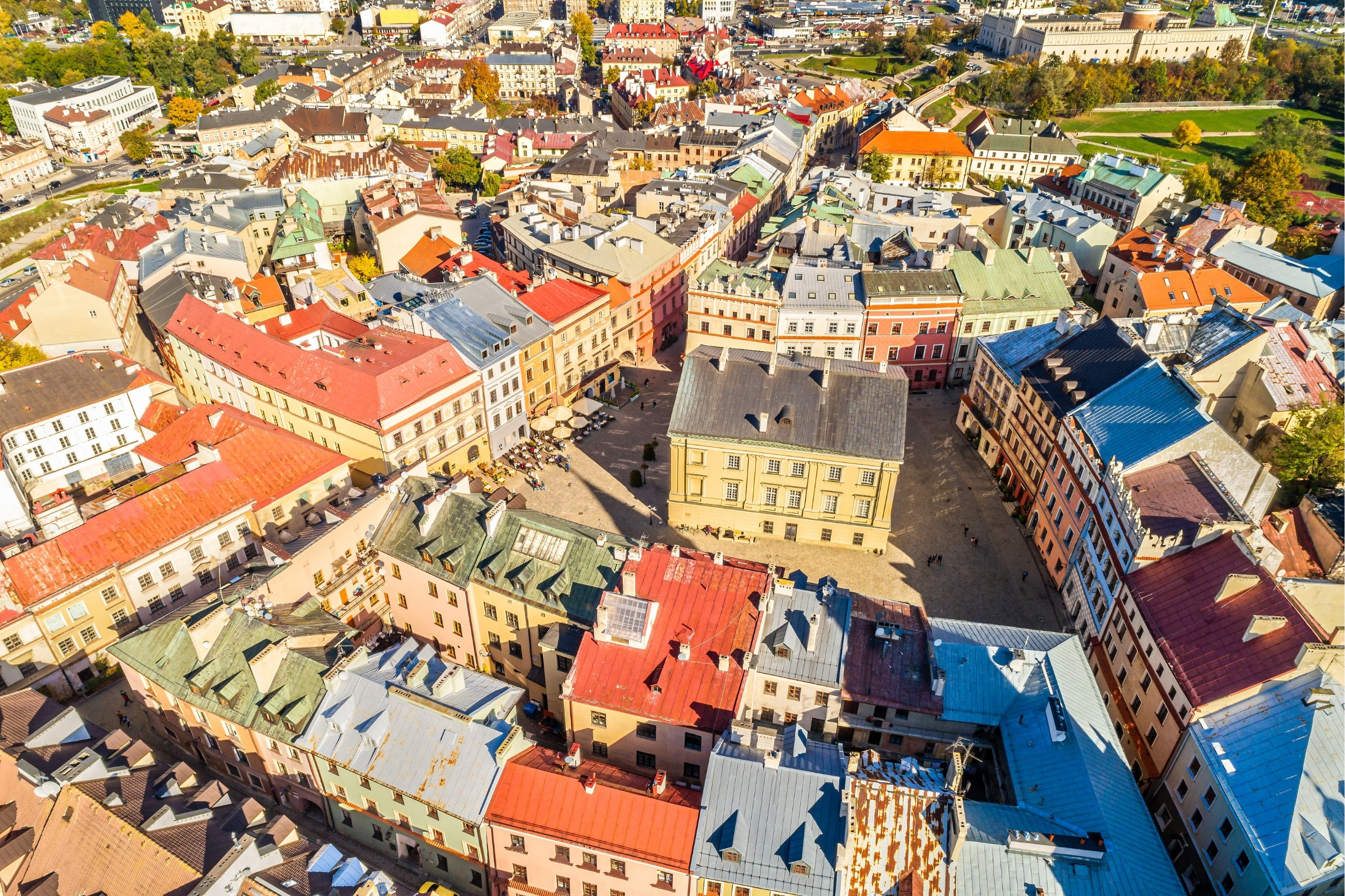
A lap around the picturesque rynek (ENG: Market Square) will reveal a number of great spots for drinking and dining. Notable mentions include Jewish cuisine at Mandragora and Słodka, a fantastic art-deco Polish restaurant called Niepospolita, and a quaint little coffee spot at Akwarela. Smack back in the middle is the Crown Tribunal Building, which is a starting point for the immensley-popular Lublin Underground Trail. Whist exploring through the narrow cobblestone laneways, you will eventually stumble across one of two imposing churches that reside within the old city limits. The first is the Dominican Basilica and Monastery at the end of ul. Złota, dated from the mid 1300s, and in possession of a fantastic painting depicting the fire of Lublin in the 18th century. A block to the south-west, the Archcathedral can be found, featuring the Trinitarian Tower that offers the best views of the old centre from above! Down towards Grodzka Gate and Lublin Castle, you can drop in at Browar Grodzki, a brewery-restaurant that offers stunning views to the east.
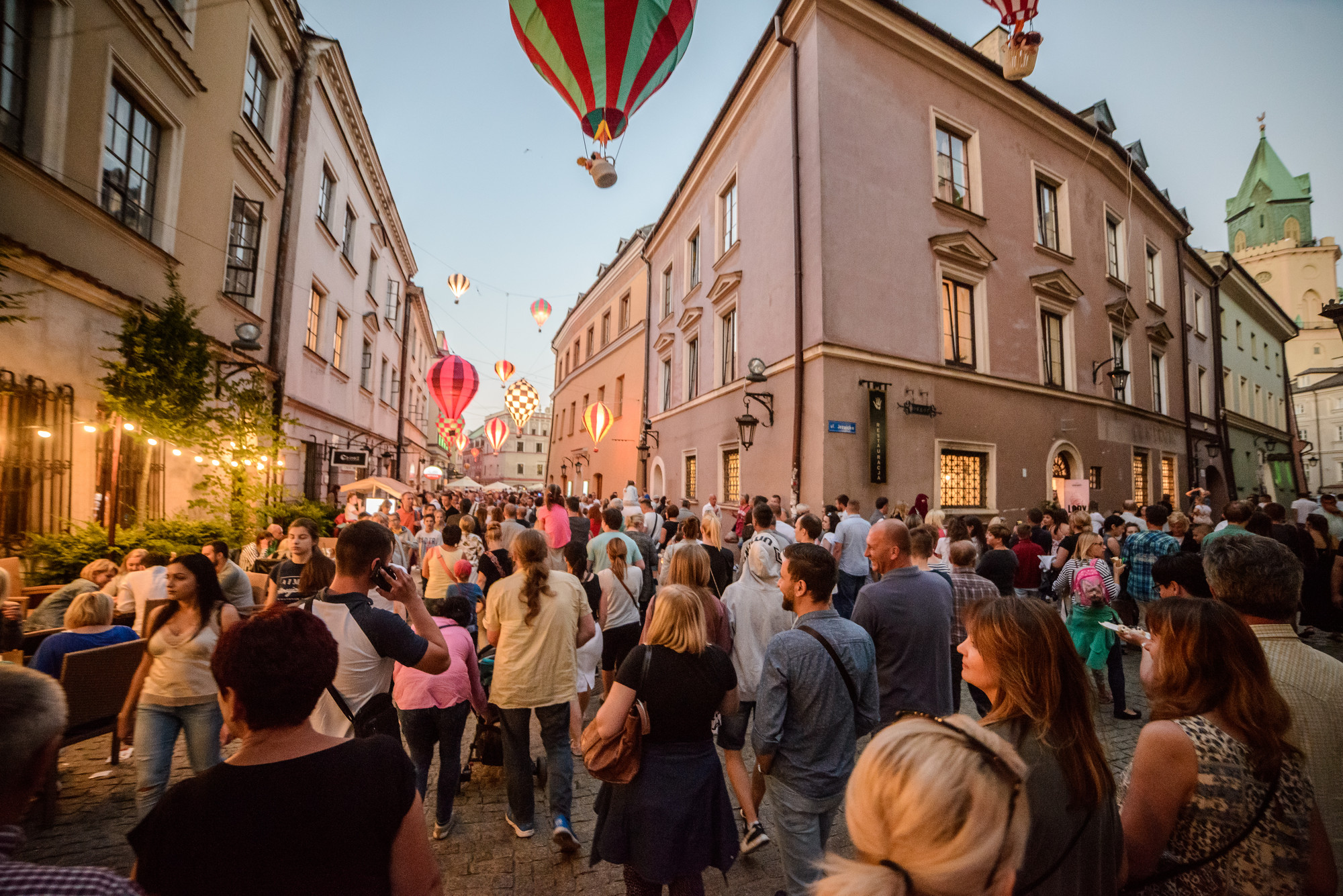
Photo by J. Scherer / Photo by the Presidential office - Marketing of the city of Lublin.
🐐 Numerous legends are associated with the old centre in general. The oldest of these is that of a three-headed dragon, known back in the day as a 'viper' who emerged from an oak grove in the Bystrzyca river valley and chose to live under the city. The viper was believed to have been responsible for bringing the rain, which was essential weather for ensuring a good harvest, as well as guarding the city from dead souls who roamed the land. Offerings to appease the three-headed beast included milk, honey and grain. Viper motifs can be found all over the city on doorfronts, and ul. Żmigród translates as Vipertown Street. 🐐 The other legend is attached to the fancy blue tenement house at Rynek 12, which was the home of Mayor Konopnica in the 16th century. His beautiful daughter, Basia, fell in love with a poor nobleman's son named Jan Rudnicki, a betrothal of which Mayor Konopnica did not approve. Rudnicki, not willing to accept Konopnica's decision, swept up Basia after mass on Christmas Eve and escaped into an oncoming blizzard. While most stories that play out like this have a tragic, ghostly ending, this one is quite the opposite - Basia and Jan Rudnicki lived happily ever after on the Rudnicki estate, despite not gaining forgiveness from old man Konopnica!
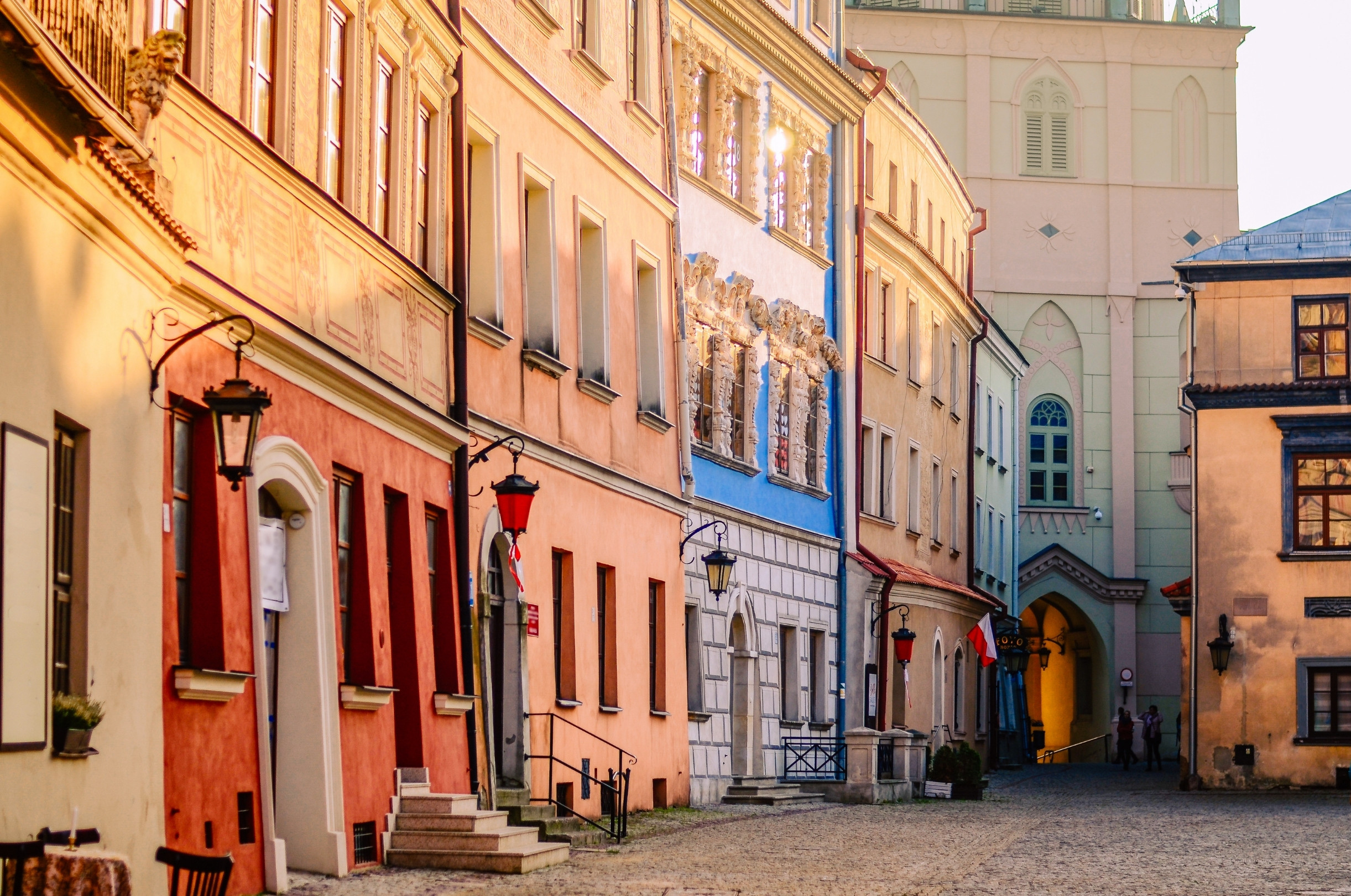
Krakowska Gate
Krakowska Gate (PL:
Brama Krakowska
) is a 14th-century gate and defensive tower complex that provides access to the Old Town in Lublin. Often referred to historically as the 'Upper Gate', with
Grodzka Gate
on the other end being the lower gate of the old centre, the westward road leading out of the city follows the historic trail towards the city of Kraków, hence the gate's namesake as well as the road and district on the outside of the old town -
Krakowskie Przedmieście
(ENG: Kraków District). The gate and defensive walls around the Lublin old town were first built in 1341, in an attempt to stave off raids from Tatars, Ruthenians and other local bandits. A drawbridge used to be attached to front, which dropped over a moat. That particular state-of-the-art defensive measure was filled in around the 17th century!
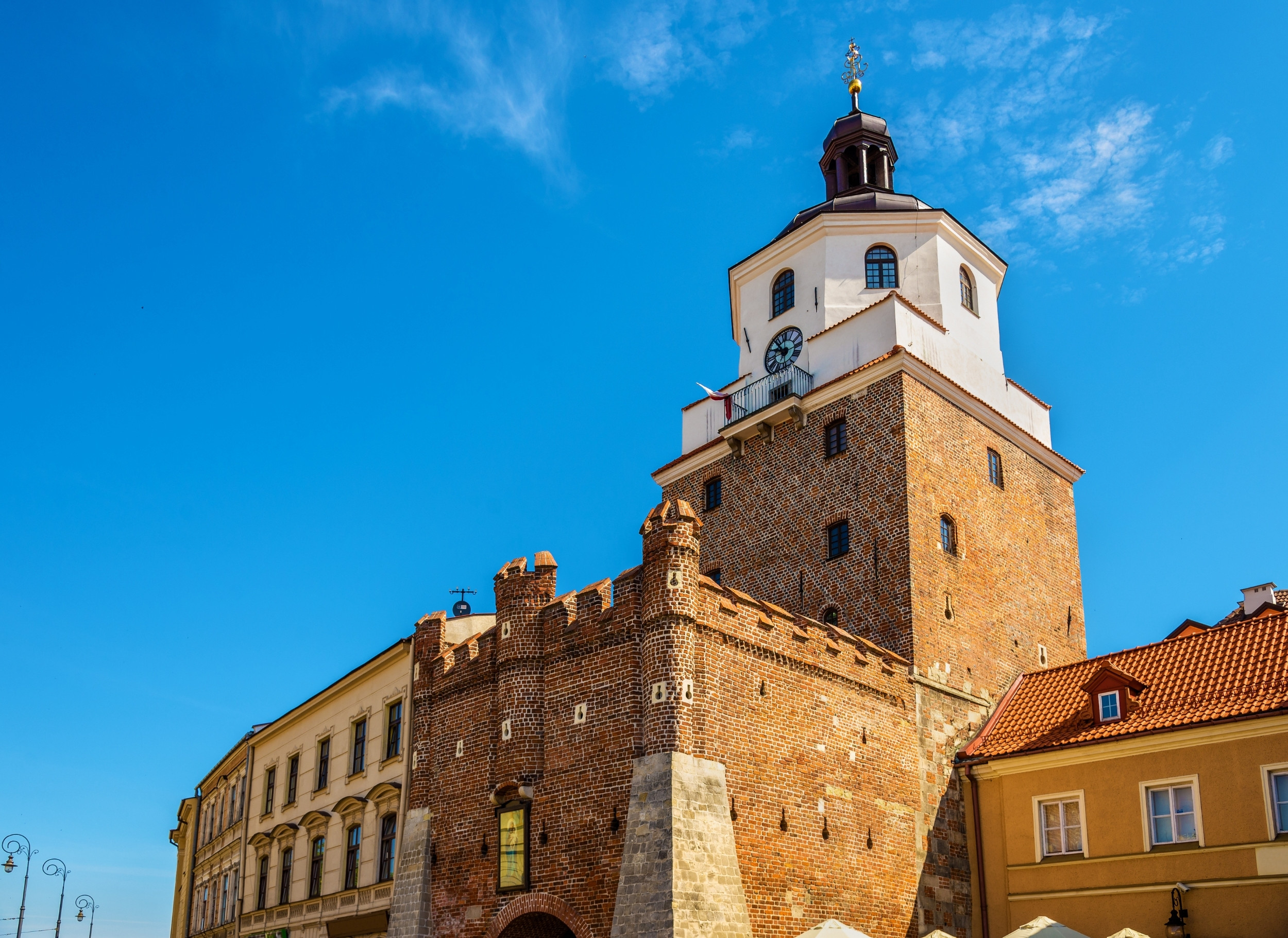
Perhaps the most iconic historical structure of the city, the brick part you see today is dated from the 17th century. The white clock tower and dial dated from the 19th century, 🐐 and the former tower master is alleged to have taken out his anger out on the clock by throwing bottles at it. Subsequently, the clock became 'drunk' and began to show the time incorrectly, often with huge deviations from the actual time of day. The old mechanics have since been replaced with an electronic system, which seems to have sobered thing up quite a bit! Nevertheless, the
